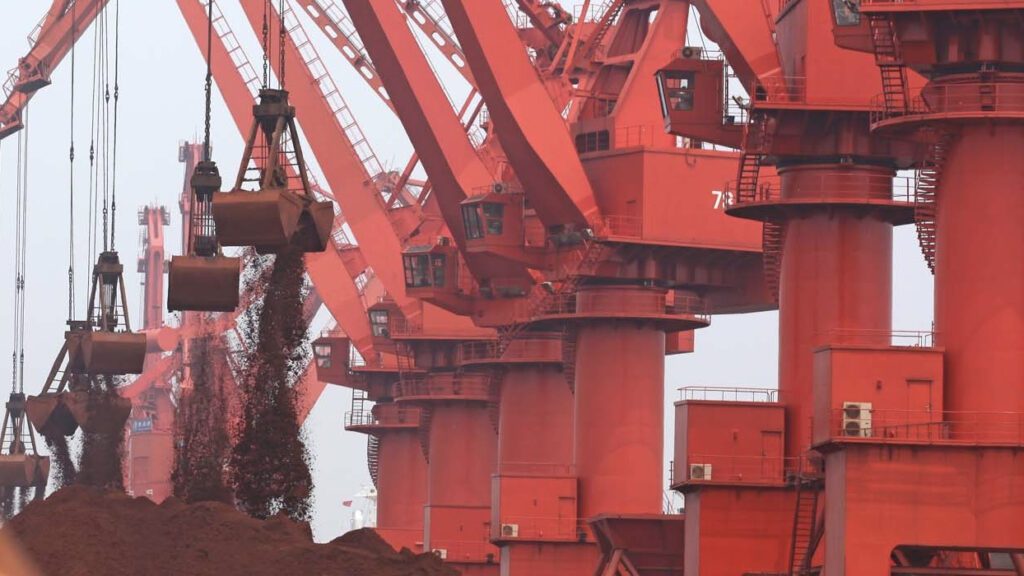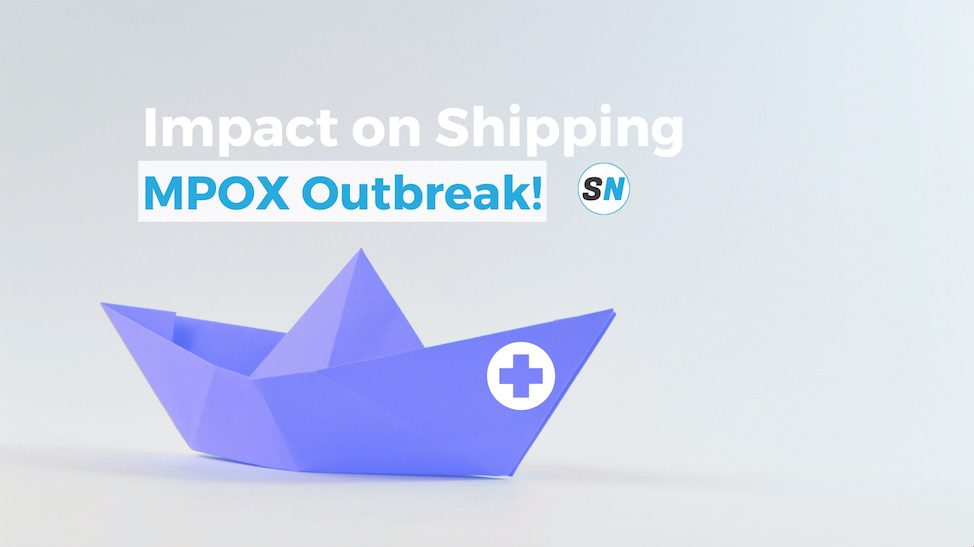27 December 2024
What is SIF: Serious Injury and Fatality?

Understanding SIF (Serious Injury & Fatality) Investigating incidents, near-misses and hazardous conditions takes considerable time and effort. Does everyone have the time and resources to investigate every incident in depth? And is it worth it?
Table of Contents
Concept
We learn from our mistakes, and when things go wrong it is important that we study the reasons behind the event. From that, we look to improve.
But, investigating incidents, near-misses, and hazardous conditions take considerable time and effort. Does everyone have the time and resources to investigate every incident in depth? And is it worth it?
Historically, many have followed Heinrich’s triangle. Although the numbers used in Heinrich’s triangle are contested, the concept remains valued by many safety experts. The rationale is if we tackle all the many near-misses and minor accidents, then this will avoid that major injury or fatality that sits at the top of the triangle.

However, how to prevent that big incident from occurring? Consider that your efforts should focus only on those incidents with a high potential for harmful outcomes.
Introducing the SIF
According to human factors consultancy Dekra, SIFs have plateaued or increased while the more minor injuries have continuously declined. Their studies identified that one of the main reasons for this is that the causal factors behind SIFs are often different from those for less serious injuries.
They also found that the potential for serious injury is low for the majority (around 80%) of non‑SIF injuries. As such, not all minor incidents can result in major incidents.

In Dekra’s white paper, they consider the activity of manual lifting. The most common injury resulting from this activity is soft tissue injury. This exposure is unlikely to cause a fatality. Compare this to falling from a height of, say, 10 feet. This clearly has the potential to cause a fatality or life‑altering injury. Even though that is not always the outcome of such a fall.
Therefore, serious injuries and fatalities occur because of events that have SIF potential. And whether these potential SIF exposures result in an actual SIF is – in Dekra’s words – a matter of luck.
Defining SIFs
Defining a fatality is of course straightforward, but what constitutes a “serious injury”? This is for the individual organization to define. But in general terms, it can considerably be a life‑threatening or life‑altering work‑related injury or illness.
It gets trickier when trying to determine whether an event has “SIF Potential”. Specifically, this is when the incident could have reasonably resulted in a fatality or serious injury had any of the circumstances or protective measures changed, or if luck hadn’t played its part in reducing the severity of the actual outcome. In other words, could a fatality or life-altering or life-threatening injury/illness reasonably have resulted?
There are two recognized methods to help determine whether an incident has SIF Potential:
“Judgment‑Based Narrative Review” – a subjective approach. It relies on the professional judgment of safety managers and investigators to assess whether the event could have resulted in a SIF.
“Event‑based Decision Tree Classification” – this uses the characteristics of the incident or near-miss to classify a situation as having SIF potential. Examples of these activities involve:
- Lifting, moving, or working under heavy loads;
- Entering and working in enclosed (confined) spaces;
- Performing jobs that require LOTO (lock‑out tag‑out);
- Working aloft;
Identifying which incidents have SIF potential could allow us to better focus our limited resources. Hence, achieve maximum results from our efforts.
HSEQ superintendents and safety managers can receive a lot of reports on incidents, near-misses, and hazardous observations, which they must manage with finite resources. Identifying the incidents with SIF potential can help them prioritize which reports require more in-depth analysis.
Measuring
Safety reporting and measuring ‘safety’ can be a contentious issue.
Some in the “you can’t manage what you don’t measure” camp argue that recording injury rates is important management information and allows the identification of problem areas.
Others may argue that metrics such as loss time incident (LTIs) are not indicative of performance and can create a culture where people are discouraged from reporting.
Who wants to be the person who resets the ‘XX days injury free’ banner that is proudly displayed in the workplace?
Recording actual SIF events may not in itself be a useful indicator of safety performance as incidents are, thankfully, infrequent. What may be more useful is the rate of actual SIF events plus those events with SIF potential – in other words, the exposures that resulted in an actual fatality or serious injury plus those that could have but did not.
Safety initiatives
Knowing which types of incidents have SIF potential can help you identify and formulate safety initiatives that target both these types of events and the underlying issues behind them.
Dekra say that when companies rely solely on recordable injury rates as the primary measure of safety performance (a common practice) they lose sight of crucial data underlying SIFs. This ends up with safety initiatives that are put in to place to help reduce low SIF potential incidents for no other reason than because they occur more frequently. Leaders then mistakenly believe that their actions are addressing the likelihood of all injury types.
Source: Nepia
See Also
Exploring the insurance implications when solid cargoes behave like fluids and presenting typical responses to claims arising from cases of cargo liquefaction.

The dangers of cargo liquefaction in a nutshell
North P&I Club has released the insurance implications of cargo liquefaction and arising risks from such cases.


